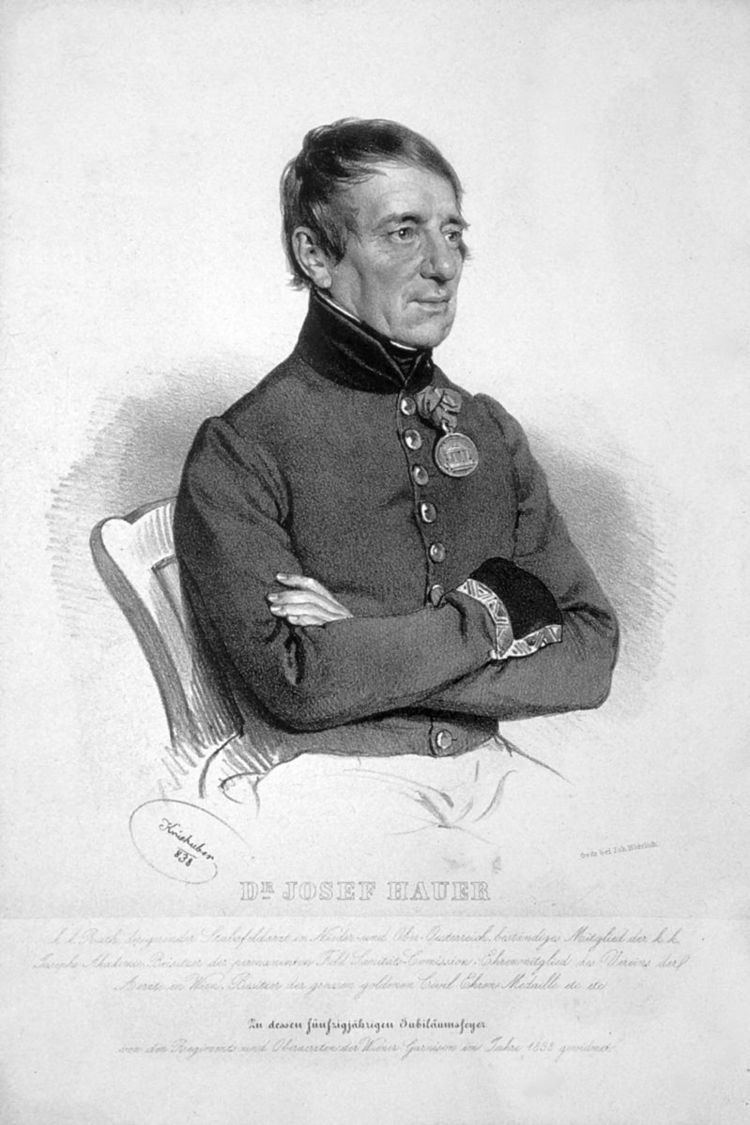 | ||
Stabsarzt (short: StArzt or SA), literally meaning "staff physician," is a military commissioned officer rank in German speaking armed forces. In the German Bundeswehr and the former Wehrmacht and Reichswehr, it describes a qualified or licensed surgeon or dentist who practises military medicine, with a rank equal to captain (German: Hauptmann) in the army or air force or lieutenant (German: Kapitänleutnant) in the navy. This rank corresponds to NATO code OF2, and is known in English as captain (Dr.) for army or air force officers or lieutenant (Dr.) for naval officers. The rank was historically also used in the Austro-Hungarian Common Army and corresponded to major or the NATO code OF-3, known as major (Dr.) in English.
Contents
While holders of this rank are commissioned officers, their authority is usually limited to medical matters and medical staff (such as other doctors, nurses and other medics working under their supervision), and they are regarded as neutral non-combatants and accorded the status of "protected persons" under international humanitarian law (specifically the First and Second Geneva Conventions) when participating in humanitarian work during armed conflicts, such as caring for the sick or wounded. They may wear the red cross as a protective sign. As such, they may not be attacked, harmed or taken as prisoners of war (attacking medical personnel is a war crime), and are entitled under the Geneva Conventions to carry out their work without being inhibited. They may be armed, usually with service pistols, for the purpose of self defense or the defense of patients.
Bundeswehr
In the Joint Medical Service of the German Bundeswehr Stabsarzt (en: Staff surgeon), Stabsapotheker (en: Staff pharmacist), and Stabsveterinär (en: Staff veterinary) are comparable in NATO to the OF-2 ranks Hauptmann, and Kapitänleutnant. The grades belong to the captain rank group (de: Hauptleute).
Address
The manner of formal addressing of military surgeons/dentists with the rank Stabsarzt is, „Herr/Frau Stabsarzt“; with the rank Stabsapotheker, „Herr/Frau Stabsapotheker“; with the rank Stabsveterinär, „Herr/Frau Stabsveterinär“.
Rank insignias
On the shoulder straps (Heer, Luftwaffe) there are three silver stars and the career insignia (de: Laufbahnabzeichen) as symbol of the medical standing, or course of studies. The piping on shoulder straps shows the Waffenfarbe (en: corps- or troop-function colour), corresponding to the appropriate military service, branch, or special force. The corps colour of the "Bundeswehr Joint Medical Service" is dark blue.
In the Marines, the career insignia is in the middle of both sleeves, 3 cm above the cuff strips, and on the shoulder straps between strips and button.
Wehrmacht
In the German Wehrmacht from 1933 until 1945 there were the OF2-ranks Stabsarzt, Stabsapotheker, and Stasveterinär, comparable to the Hauptmann/Captain OF2-rank as well. During wartime, the regular assignment of Stabsarzt was the management of a main dressing station (de. Hauptverbandsplatz), maintained by the 2nd platoon of the medical company, and supported by first lieutenants (Dr.), second lieutenants (Dr.), and help surgeons (de: Ober-, Assistenz-, and Hilfsärzte).
The corps colour of the military Health Service Support (HSS) in German armed forces was traditional dark blue, and of the veterinarian service carmine red. This tradition was continued by the medical service corps in Heer and Luftwaffe of the Reichswehr and Wehrmacht. However, the corps colour of the Waffen-SS HSS was “cornflower blue”.
Austria-Hungary
In the Austro-Hungarian Common Army (de: Gemeinsame Armee or k.u.k. Armee) there were the OF2-ranks Regimentsarzt I. Klasse and Regimentsarzt II. Klasse (en: Regiment surgeon 1st class / – 2nd class) until 1918, equivalent to the OF2-rank Stabsarzt in Germany. That particular rank was comparable to the Hauptmann/Captain OF2-rank as well.
